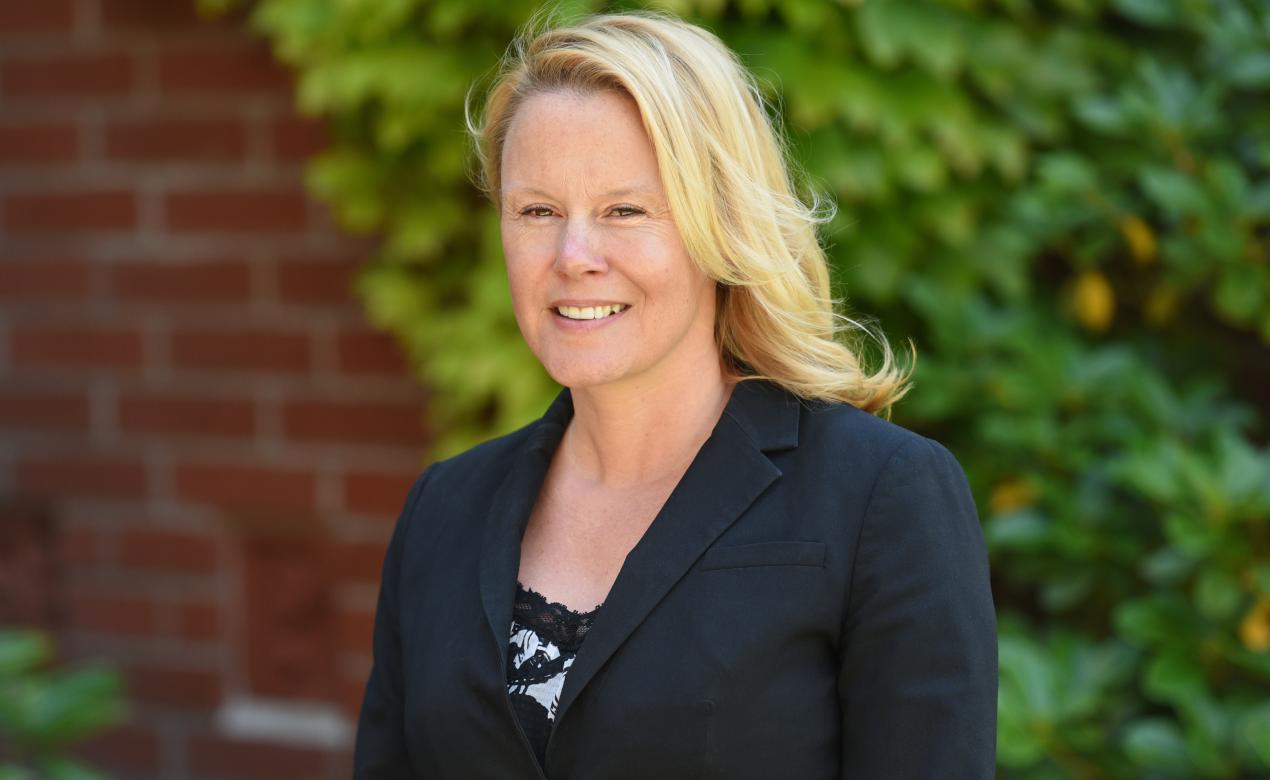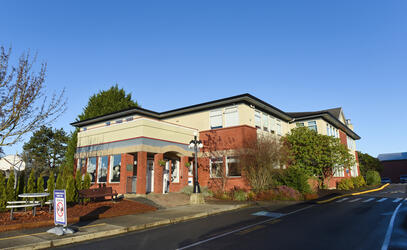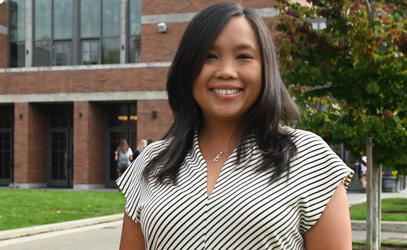
One of the key priorities in Floreat is to maintain our flourishing culture of philanthropy and, as the new Director of Advancement, I wanted to take this opportunity to recognize the incredible culture that already exists here at SMUS.
What is Philanthropy?
Many people hear philanthropy and immediately think of large transformational gifts; however it is also about service and giving in other forms, whether it’s time, talent, enthusiasm or financial gifts. What's possible differs for all of us. Philanthropy exists everywhere in our community, from the Parents’ Auxiliary pizza days, to our student service clubs and fundraisers to our most generous donors for capital projects. All of these elements of philanthropy create a culture that celebrates service and giving.
Philanthropy in our Classrooms
We see philanthropy in our students and our classrooms at all ages. From the Junior School fundraiser for Ukraine and their visits to the James Bay care home, to our Middle School humanitarian work with local charities such as The Compassionate Warehouse, the Mustard Seed, and Our Place, to our Senior School students leading with fundraisers for our Extreme Outreach Society and Victoria's Coalition to End Homelessness. Student-led initiatives are thriving across our campuses. Recently, one such student touched my heart with his desire to give positive words of encouragement to other children who were in hospital. Crawford S., in Grade 9, has a long history of philanthropic efforts and passions including work in Uganda building learning spaces and raising funds to build a well that provided fresh water for many people.
“My current objective is to begin a non-profit organization called ‘Cheering Fireflies,’ which will donate cards to sick children in hospitals, with the goal of instilling hope and positivity in those faced with medical challenges,” says Crawford. “I hope that this project can not only echo positive thoughts throughout various hospitals, but also bridge gaps between children outside and inside the hospital. I hope to rally my classmates to help me write the cards.”
You can read my full interview with Crawford below.
Local Giving, Global Impact
One of the most important aspects of building a culture of philanthropy is finding projects and causes that we connect with and can be passionate about. We can only be really excited about the outcome of our giving if it matters to us personally, as we see in Crawford’s example. We know that SMUS has an incredible impact on families and that the work we do as a non-profit reaches far beyond our school. The culture of giving becomes a life-long practice for our students as they graduate and begin to make impacts in their post-secondary life and their home communities. We so often hear stories of students making a difference after they’ve left SMUS, and we know that it’s at least in part because of the experience and demonstration of philanthropy that they’ve seen here. We are so grateful to all of our families, alumni and friends who continue to find projects they connect with meaningfully within the SMUS community, making a difference where it matters most to them.
Interview with Crawford S.
Can you tell us more about your philanthropic areas of passion?
My philanthropic area of passion is health and wellbeing. I want to go into medicine, and therefore, hope to positively contribute to the healthcare community, through initiatives, including establishing an annual medical scholarship for a student in Bwera, Uganda (2021), and creating a non-profit organization that will donate cards to sick children (future years). It is a mix of helping those who are less fortunate with limited opportunities, and those who need medical help.
How did this passion start? What was your first project?
This passion started after my father’s company started to do philanthropic work at Mpondwe Lhubiriha Secondary School in Bwera, Uganda, along with my elementary school and Partnerships for Opportunity Development Association (PODA). They created more functional learning spaces for the children and provided supplies and resources. My first project in 2018 was successfully raising $12,000 to drill a well at the school in Bwera, Uganda, which provided water for 120 students and their teachers, and in 2020, I raised $6,000 to build, design, and stock a library at the same school. This project has been put on halt due to travel restrictions caused by COVID-19, but plans are still in place to go and set up the library space.
What inspired you to begin your desire to help others? What inspired you to fundraise for these organizations?
What inspired me to begin my desire to help others was through reading and family. Through books, I gained a worldwide perspective, and learned about inequities faced by those in other countries (e.g. A Long Walk to Water by Linda Sue Park). My family has always instilled in me the importance of giving back, and helping others, so the combination of these two factors ultimately led into my philanthropic projects.
What is the current objective you have?
My current objective is to begin a non-profit organization called “Cheering Fireflies,” which will donate cards to sick children in hospitals, with the goal of instilling hope and positivity in those faced with medical challenges. I hope that this project can not only echo positive thoughts throughout various hospitals, but also bridge gaps between children outside and inside the hospital. Right now, a logo is being created, and the card design is the next step.
How do you feel when you see how you can impact and help others?
I feel great joy in seeing the improvement of quality of life for those that I help. This school year, I established an annual medical scholarship for a student in Bwera, Uganda. It’s incredible to know that they have been given the opportunity to follow their dreams, and enter the career of their choice, which will change their lives, and the lives of their families. Those at the school in Uganda - I enjoy seeing the smiling faces on the students, as they no longer have to walk hours to get water, and I am pleased to know that they will have a library soon, as well.
Can you tell us how you see your peers could help you in your next project?
Once the “Cheering Fireflies'' organization becomes more established, I see my peers contributing to the writing process of the cards. I am still deciding how students will be able to get involved; perhaps through a club, or a Google form sent out every time cards are needed. I think a lot of it depends on the demand for the cards, and how frequently they need to be written.


